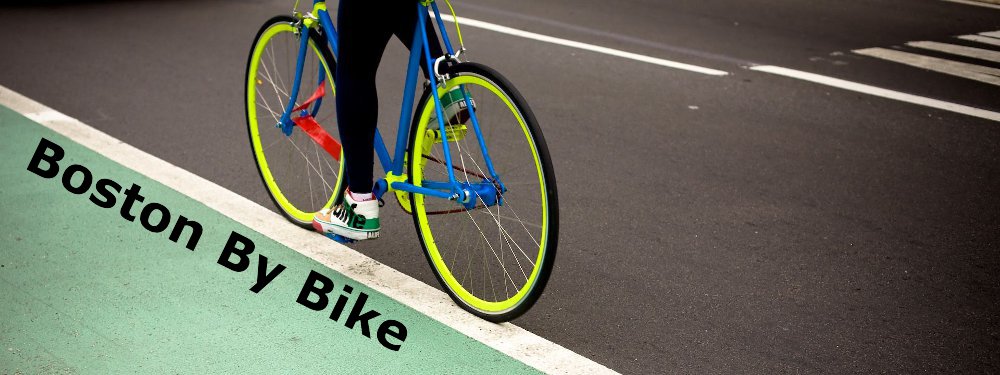I think I really have enough of this crappy weather and the main reason for this is that I just want to ride my Poprad a lot more. Traversing snow, ice, mud and wetlands is just not what brings smile to my face.
Nevertheless, despite the rain on Friday afternoon, roads on Saturday morning didn't look bad at all so I decided to go for a bike ride. The day was supposed to be really warm, which means air temperature of only 10C (or 50F) - that felt almost like a heat wave compared to the earlier days of this crappy month. I started rolling along the Minuteman Bikeway and as I expected, it was actually pretty dry so I was moving forward quickly. Next, I reached the Battle Road Trial in Lexington and unfortunately here is where the fun ended. The trail was just very muddy and had huge patches of ice all over the place making it impossible to ride without studded tires.
I gave up on the trail and took North Great Rd instead, then connected to Sandy Pond Rd. From there I was planning on taking the trails crossing Pine Hill and merge with Concord Rd but again - despite being nearly April this winter is just not gone yet. The trails across Pine Hill had a lot of frozen snow and ice and I ended up carefully walking my bike there.
I finally reached Concord Rd and I promised myself not to take any forest trails until the end of this ride. This means I had to stay on the pavement so I followed Concord Rd all the way to Weston center, crossing the Weston-Wayland Rail Trail.








